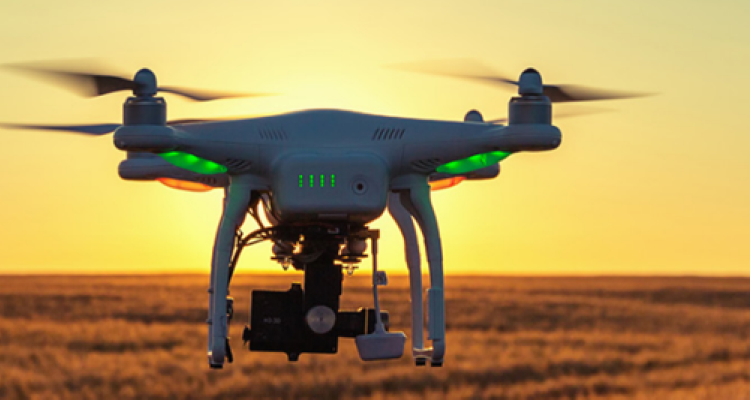
Colloquium
An investigation into automatic real-time UAV localization in agricultural fields
By Wilmer van der Spek (the Netherlands)
Abstract
This MSc thesis is a feasability study of an alternative UAV local positioning method which just uses real-time imagery from a single RGB camera. The system is designed for use in agricultural fields and at low heights where other positioning systems such as GPS may be inadequate. Such a system would increase the potential agricultural applications of UAVs while possibly improving current applications through preventing failure of existing positioning systems by increasing redundancy. The local position is calculated with an algorithm build on OpenCV and Python. It uses a layered based approach with optic flow and detection of crop row direction, both in real-time 25fps imagery. Horizontal displacements in X and Y direction are calculated using the optic flow and described relative to the crop row angle. With prior information on crop row width and inter-row distance the UAVs altitude (Z) can potentially also be calculated in agricultural fields where crop rows are continuous and clearly distinguishable from a UAV perspective. X and Y value acquisition methods are described, tested and validated in detail. Obtaining the change in Z-value just from imagery remains a topic of study, although a possible solution is provided. A local positioning system as described in this research would, mainly by improving positioning accuracy, be beneficial to those applications where flying at low heights is necessary and an accurate position is important. This applies especially to (partially) GPS-denied areas, where it can provide substitution in case of failure. Another application is improving accuracy and reliability of positions calculation by increasing redundancy, for example through integration with existing positioning systems. In this thesis report the feasability of such a local positioning system is discussed and a description is made of a novel method for detecting crop row direction even in agricultural fields in very early growth stage (without visible crops). With the research described here a mean square error of 1.7 meters was achieved on a distance of ten meters in Y direction within 16 seconds flight time. A mean square error of 0.42 meters was achieved on a distance of over ten meters in X direction within 14 seconds flight time.